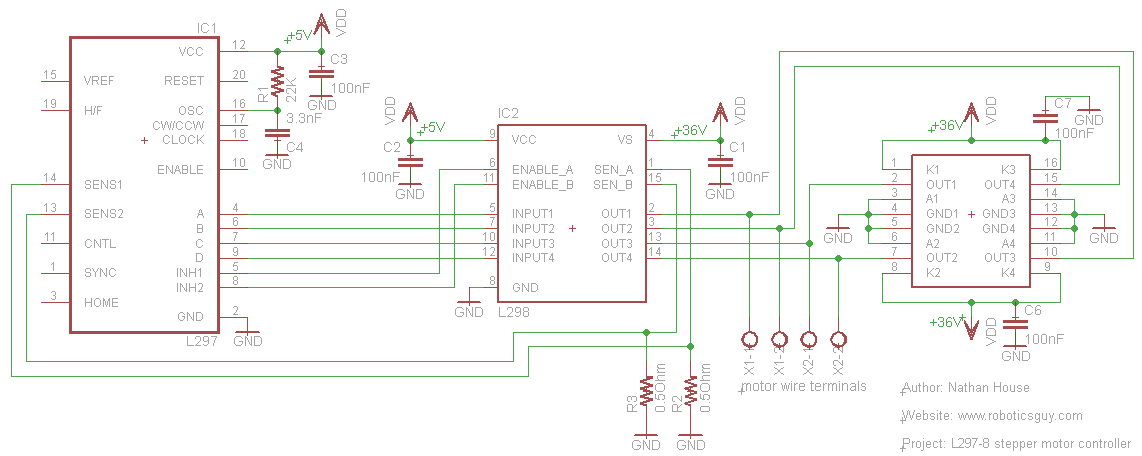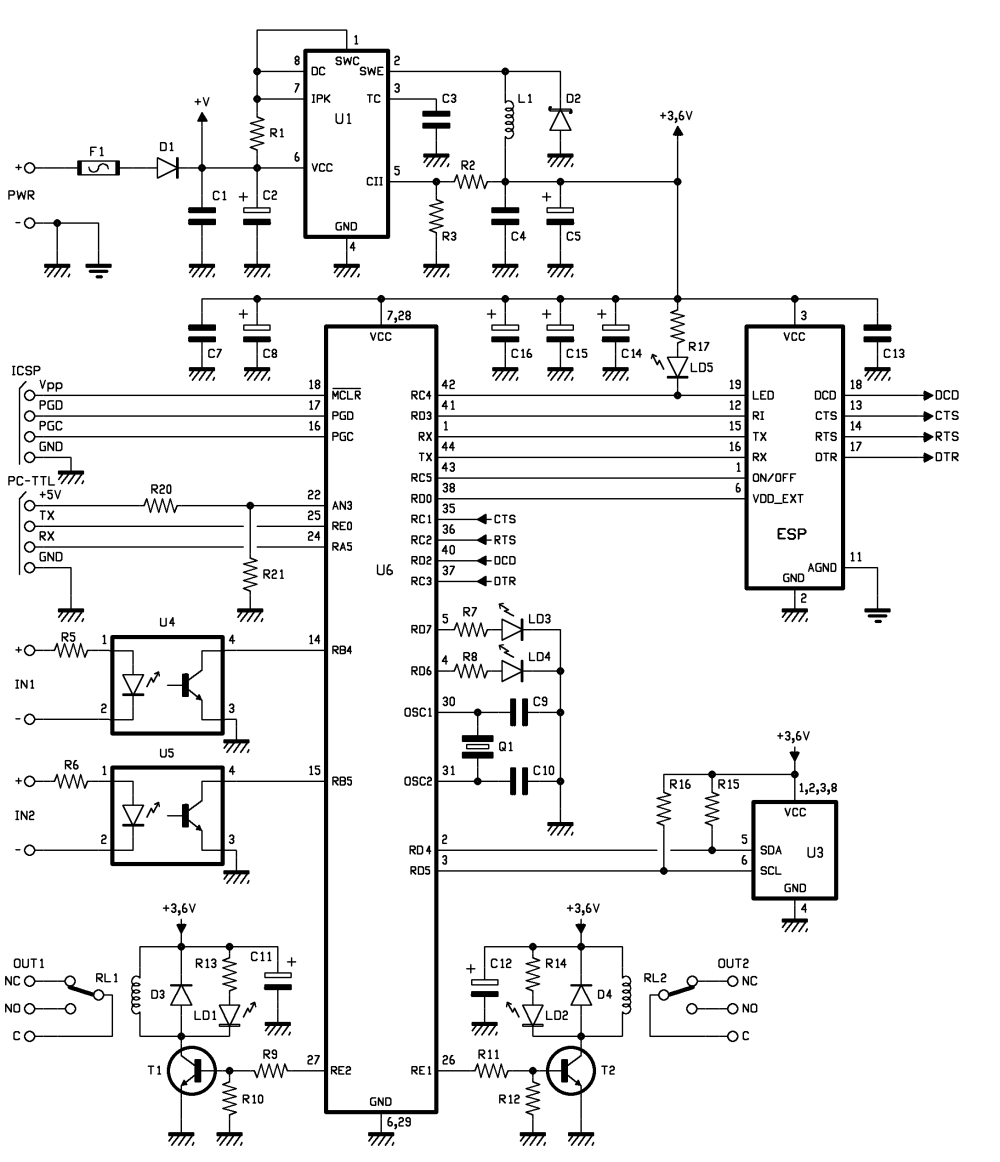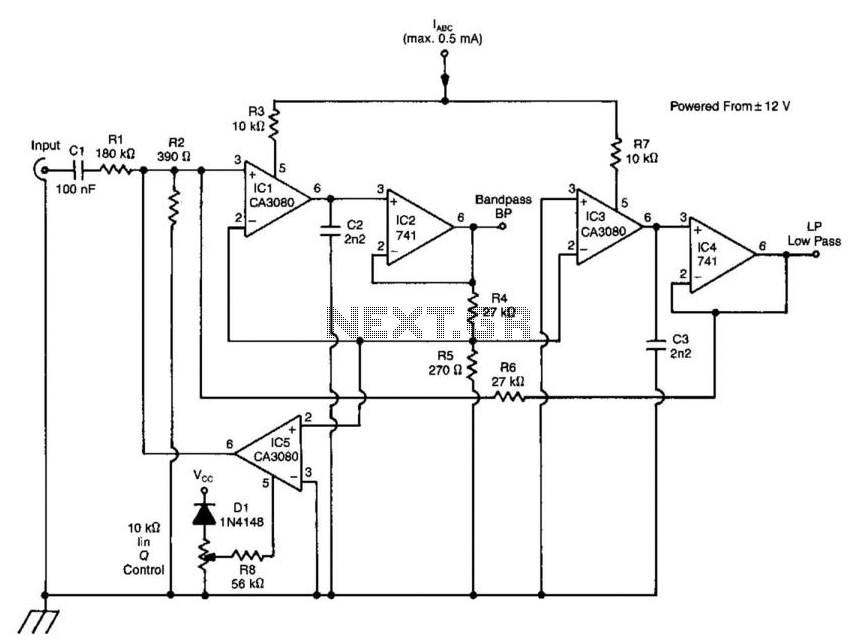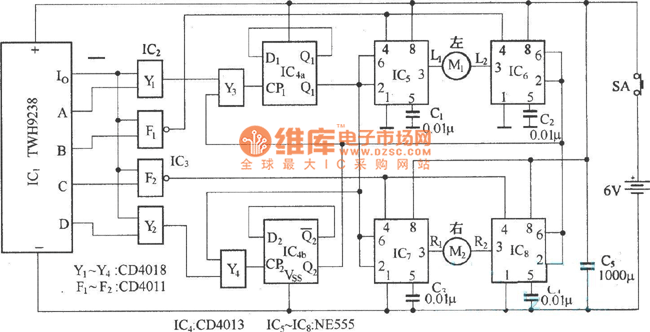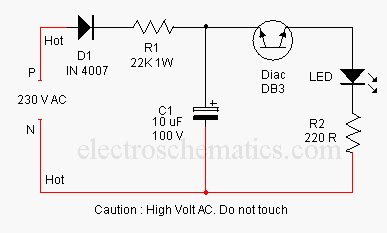
Microphone Pre-Amplifier with Tone Control
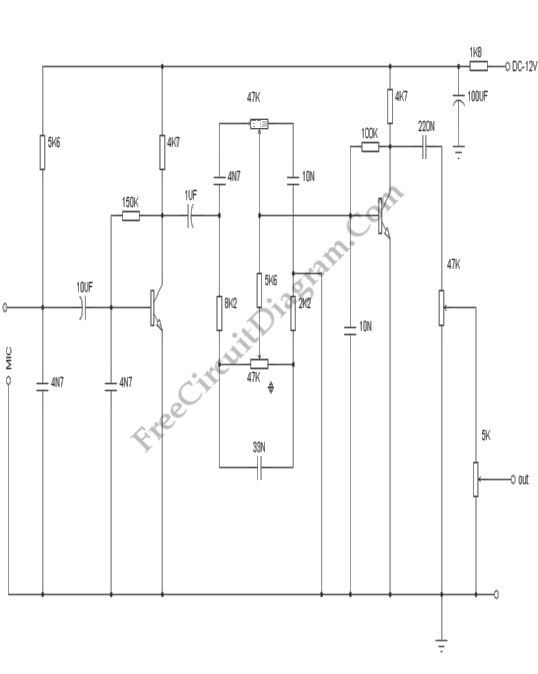
A microphone cannot be directly connected to a power amplifier because the signal is too weak. Standard audio power amplifiers accept about 1 Vrms to provide a full output.
To effectively interface a microphone with a power amplifier, an intermediary stage is required to amplify the microphone's low-level signal to a suitable level for the power amplifier. This is typically achieved using a microphone preamplifier. The preamplifier boosts the microphone's output, which can range from a few millivolts to a few hundred millivolts, to a level that meets the input requirements of the power amplifier, usually around 1 Vrms.
The schematic for this setup would typically include a microphone connected to the input of the preamplifier. The preamplifier circuit may consist of operational amplifiers configured in a non-inverting configuration to provide gain. Additional components such as resistors and capacitors can be included to set the gain and filter out noise, ensuring a clean signal is passed to the power amplifier.
The output of the preamplifier would then connect to the input of the audio power amplifier. The power amplifier is designed to drive speakers or other loads, converting the amplified signal from the preamplifier into a higher power output suitable for driving audio systems.
In summary, a microphone preamplifier is essential for bridging the gap between the low-level microphone signal and the higher input requirements of a power amplifier, ensuring optimal audio performance in any audio system.Microphone can`t be directly connected to a power amplifier because the signal is too weak. Standard audio power amplifier accept about 1 Vrms to give a full. 🔗 External reference
To effectively interface a microphone with a power amplifier, an intermediary stage is required to amplify the microphone's low-level signal to a suitable level for the power amplifier. This is typically achieved using a microphone preamplifier. The preamplifier boosts the microphone's output, which can range from a few millivolts to a few hundred millivolts, to a level that meets the input requirements of the power amplifier, usually around 1 Vrms.
The schematic for this setup would typically include a microphone connected to the input of the preamplifier. The preamplifier circuit may consist of operational amplifiers configured in a non-inverting configuration to provide gain. Additional components such as resistors and capacitors can be included to set the gain and filter out noise, ensuring a clean signal is passed to the power amplifier.
The output of the preamplifier would then connect to the input of the audio power amplifier. The power amplifier is designed to drive speakers or other loads, converting the amplified signal from the preamplifier into a higher power output suitable for driving audio systems.
In summary, a microphone preamplifier is essential for bridging the gap between the low-level microphone signal and the higher input requirements of a power amplifier, ensuring optimal audio performance in any audio system.Microphone can`t be directly connected to a power amplifier because the signal is too weak. Standard audio power amplifier accept about 1 Vrms to give a full. 🔗 External reference
